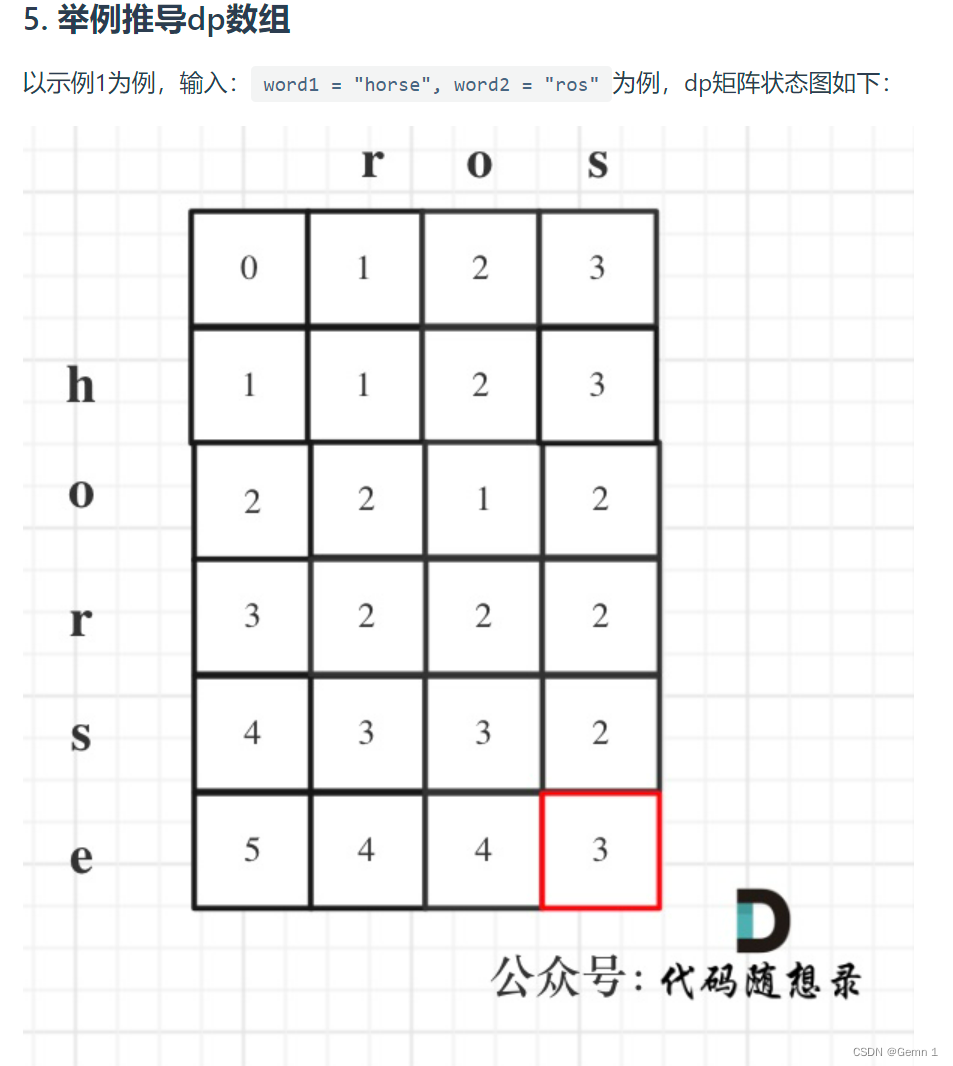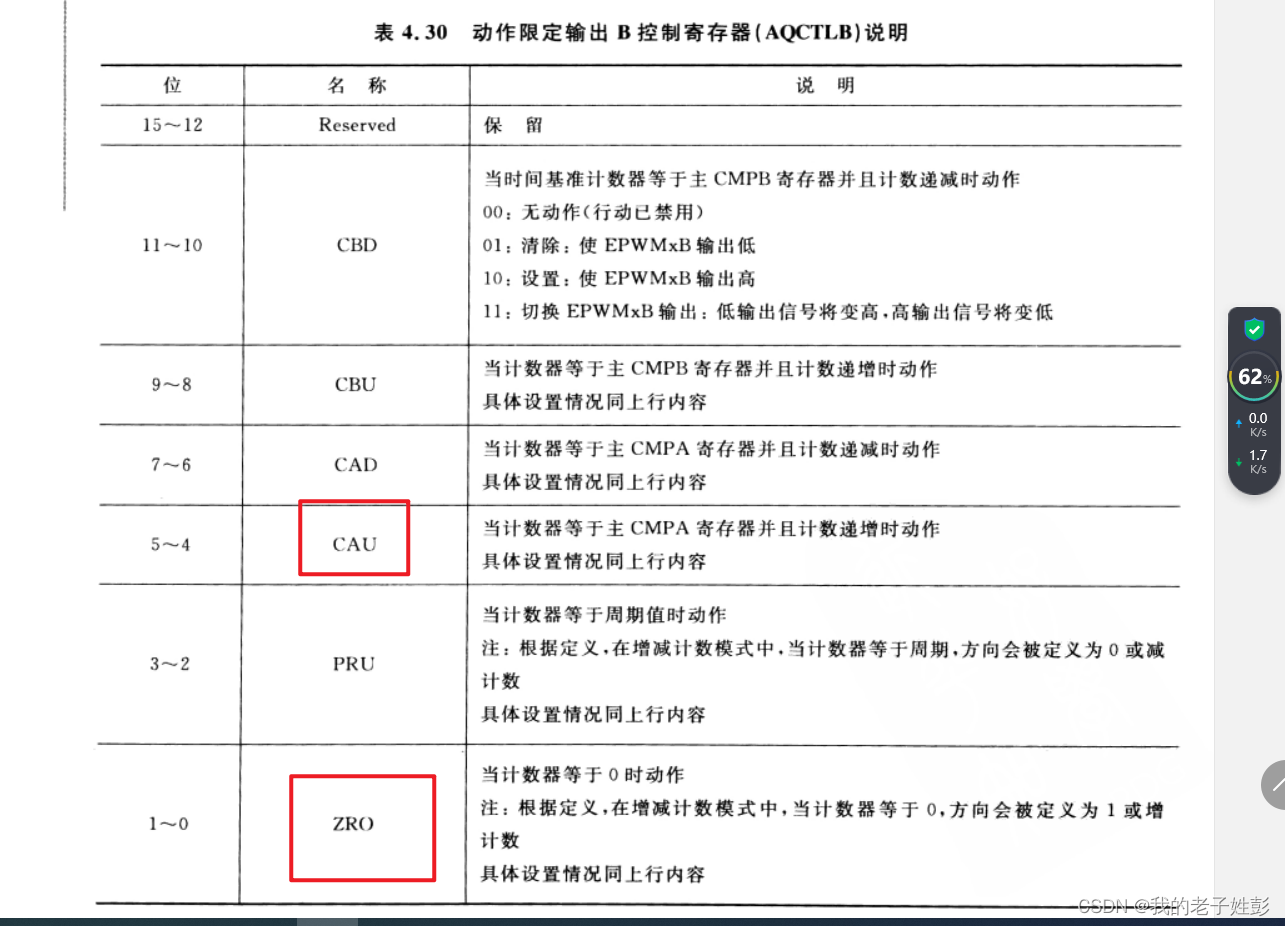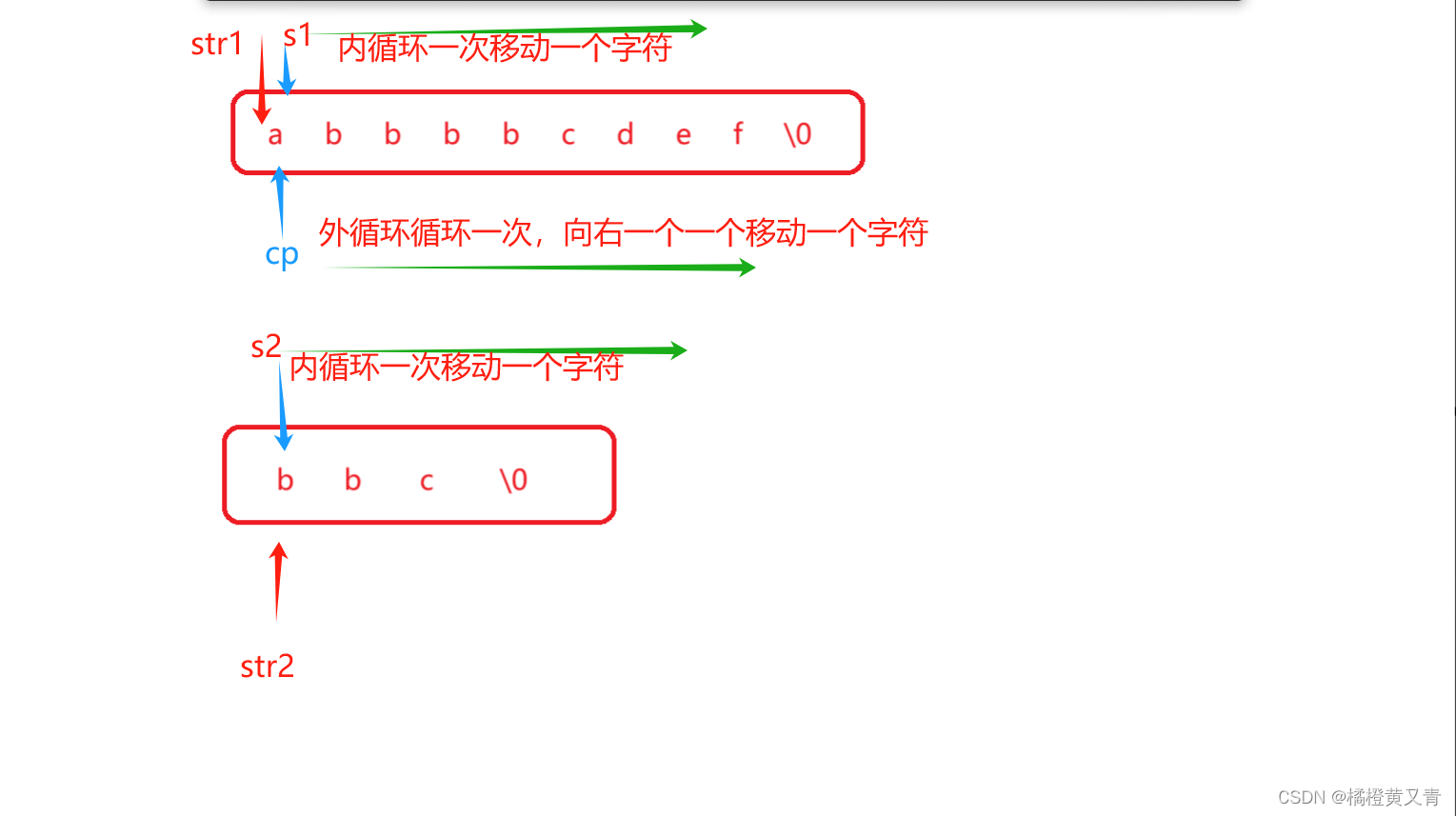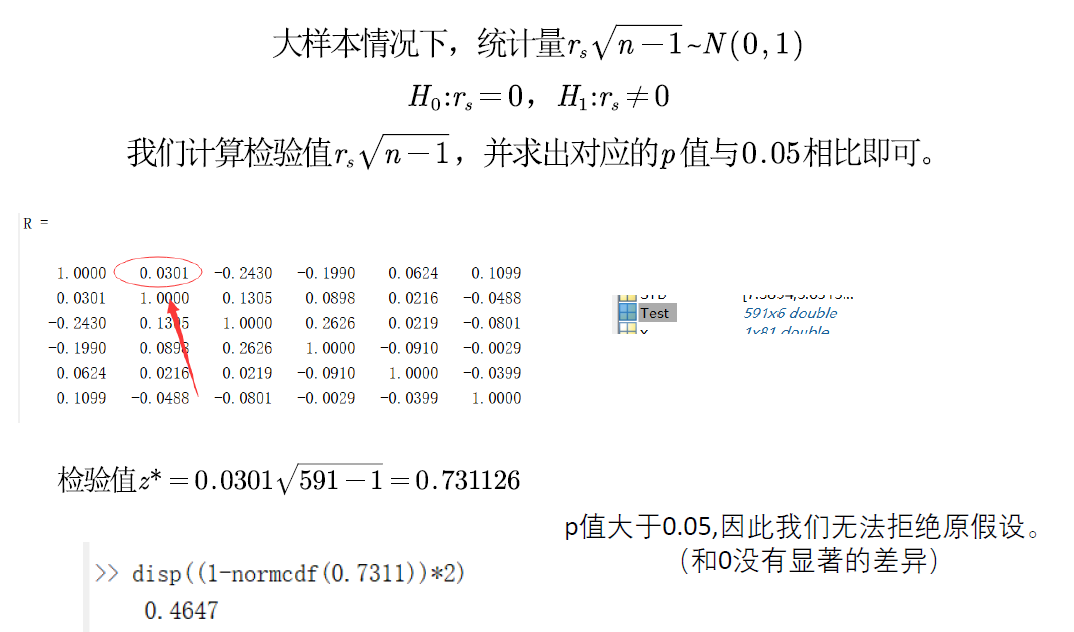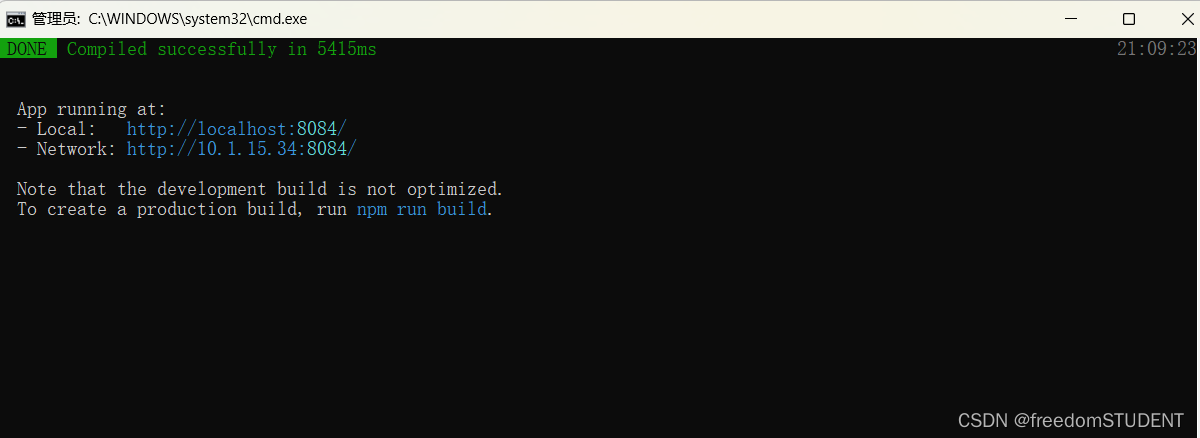目录
- [A. Binary Imbalance](https://codeforces.com/contest/1902/problem/A)
- Description
- Solution
- Code
- [B. Getting Points](https://codeforces.com/contest/1902/problem/B)
- Description
- Solution
- Code
- [C. Insert and Equalize](https://codeforces.com/contest/1902/problem/C)
- Description
- Solution
- Code
- [D. Robot Queries](https://codeforces.com/contest/1902/problem/D)
- Description
- Solution
- Code
- [E. Collapsing Strings](https://codeforces.com/contest/1902/problem/E)
- Description
- Solution
- Code
- 视频题解
A. Binary Imbalance
Description
You are given a string s s s, consisting only of characters ‘0’ and/or ‘1’.
In one operation, you choose a position i i i from 1 1 1 to ∣ s ∣ − 1 |s| - 1 ∣s∣−1, where ∣ s ∣ |s| ∣s∣ is the current length of string s s s. Then you insert a character between the i i i-th and the ( i + 1 ) (i+1) (i+1)-st characters of s s s. If s i = s i + 1 s_i = s_{i+1} si=si+1, you insert ‘1’. If s i ≠ s i + 1 s_i \neq s_{i+1} si=si+1, you insert ‘0’.
Is it possible to make the number of zeroes in the string strictly greater than the number of ones, using any number of operations (possibly, none)?
Input
The first line contains a single integer t t t ( 1 ≤ t ≤ 100 1 \le t \le 100 1≤t≤100) — the number of testcases.
The first line of each testcase contains an integer n n n ( 1 ≤ n ≤ 100 1 \le n \le 100 1≤n≤100).
The second line contains a string s s s of length exactly n n n, consisting only of characters ‘0’ and/or ‘1’.
Output
For each testcase, print “YES” if it’s possible to make the number of zeroes in s s s strictly greater than the number of ones, using any number of operations (possibly, none). Otherwise, print “NO”.
Example
| input |
| 3 |
| 2 |
| 00 |
| 2 |
| 11 |
| 2 |
| 10 |
| output |
| YES |
| NO |
| YES |
Note
In the first testcase, the number of zeroes is already greater than the number of ones.
In the second testcase, it’s impossible to insert any zeroes in the string.
In the third testcase, you can choose i = 1 i = 1 i=1 to insert a zero between the 1 1 1-st and the 2 2 2-nd characters. Since s 1 ≠ s 2 s_1 \neq s_2 s1=s2, you insert a ‘0’. The resulting string is “100”. It has two zeroes and only a single one, so the answer is “YES”.
Solution
具体见文后视频。
Code
#include <iostream>
#define int long long
using namespace std;
typedef pair<int, int> PII;
void solve()
{
int N;
string S;
cin >> N >> S;
S = ' ' + S;
int Count = 0;
for (int i = 1; i <= N; i ++)
{
Count += (S[i] == '0');
if (i < N && S[i] != S[i + 1])
{
cout << "YES" << endl;
return;
}
}
if (Count > (N - Count)) cout << "YES" << endl;
else cout << "NO" << endl;
}
signed main()
{
cin.tie(0);
cout.tie(0);
ios::sync_with_stdio(0);
int Data;
cin >> Data;
while (Data --)
solve();
return 0;
}
B. Getting Points
Description
Monocarp is a student at Berland State University. Due to recent changes in the Berland education system, Monocarp has to study only one subject — programming.
The academic term consists of n n n days, and in order not to get expelled, Monocarp has to earn at least P P P points during those n n n days. There are two ways to earn points — completing practical tasks and attending lessons. For each practical task Monocarp fulfills, he earns t t t points, and for each lesson he attends, he earns l l l points.
Practical tasks are unlocked “each week” as the term goes on: the first task is unlocked on day 1 1 1 (and can be completed on any day from 1 1 1 to n n n), the second task is unlocked on day 8 8 8 (and can be completed on any day from 8 8 8 to n n n), the third task is unlocked on day 15 15 15, and so on.
Every day from 1 1 1 to n n n, there is a lesson which can be attended by Monocarp. And every day, Monocarp chooses whether to study or to rest the whole day. When Monocarp decides to study, he attends a lesson and can complete no more than 2 2 2 tasks, which are already unlocked and not completed yet. If Monocarp rests the whole day, he skips a lesson and ignores tasks.
Monocarp wants to have as many days off as possible, i. e. he wants to maximize the number of days he rests. Help him calculate the maximum number of days he can rest!
Input
The first line contains a single integer t c tc tc ( 1 ≤ t c ≤ 1 0 4 1 \le tc \le 10^4 1≤tc≤104) — the number of test cases. The description of the test cases follows.
The only line of each test case contains four integers n n n, P P P, l l l and t t t ( 1 ≤ n , l , t ≤ 1 0 9 1 \le n, l, t \le 10^9 1≤n,l,t≤109; 1 ≤ P ≤ 1 0 18 1 \le P \le 10^{18} 1≤P≤1018) — the number of days, the minimum total points Monocarp has to earn, the points for attending one lesson and points for completing one task.
It’s guaranteed for each test case that it’s possible not to be expelled if Monocarp will attend all lessons and will complete all tasks.
Output
For each test, print one integer — the maximum number of days Monocarp can rest without being expelled from University.
Example
| input |
| 5 |
| 1 5 5 2 |
| 14 3000000000 1000000000 500000000 |
| 100 20 1 10 |
| 8 120 10 20 |
| 42 280 13 37 |
| output |
| 0 |
| 12 |
| 99 |
| 0 |
| 37 |
Solution
具体见文后视频。
Code
#include <iostream>
#include <cmath>
#define int long long
using namespace std;
typedef pair<int, int> PII;
void solve()
{
int N, P, L, T;
cin >> N >> P >> L >> T;
int Day = (N - 1) / 7 + 1;
int Score = (Day / 2) * (L + 2 * T);
if (Score >= P) cout << N - (int)ceil(P * 1.0 / (L + 2 * T)) << endl;
else
{
if (Day & 1) Score += L + T;
if (Score >= P) cout << N - (Day / 2 + 1) << endl;
else
{
P -= Score;
cout << N - (P + L - 1) / L - (Day / 2 + (Day & 1)) << endl;
}
}
}
signed main()
{
cin.tie(0);
cout.tie(0);
ios::sync_with_stdio(0);
int Data;
cin >> Data;
while (Data --)
solve();
return 0;
}
C. Insert and Equalize
Description
You are given an integer array a 1 , a 2 , … , a n a_1, a_2, \dots, a_n a1,a2,…,an, all its elements are distinct.
First, you are asked to insert one more integer a n + 1 a_{n+1} an+1 into this array. a n + 1 a_{n+1} an+1 should not be equal to any of a 1 , a 2 , … , a n a_1, a_2, \dots, a_n a1,a2,…,an.
Then, you will have to make all elements of the array equal. At the start, you choose a positive integer x x x ( x > 0 x > 0 x>0). In one operation, you add x x x to exactly one element of the array. Note that x x x is the same for all operations.
What’s the smallest number of operations it can take you to make all elements equal, after you choose a n + 1 a_{n+1} an+1 and x x x?
Input
The first line contains a single integer t t t ( 1 ≤ t ≤ 1 0 4 1 \le t \le 10^4 1≤t≤104) — the number of testcases.
The first line of each testcase contains a single integer n n n ( 1 ≤ n ≤ 2 ⋅ 1 0 5 1 \le n \le 2 \cdot 10^5 1≤n≤2⋅105).
The second line contains n n n integers a 1 , a 2 , … , a n a_1, a_2, \dots, a_n a1,a2,…,an ( − 1 0 9 ≤ a i ≤ 1 0 9 -10^9 \le a_i \le 10^9 −109≤ai≤109). All a i a_i ai are distinct.
The sum of n n n over all testcases doesn’t exceed 2 ⋅ 1 0 5 2 \cdot 10^5 2⋅105.
Output
For each testcase, print a single integer — the smallest number of operations it can take you to make all elements equal, after you choose integers a n + 1 a_{n+1} an+1 and x x x.
Example
| input |
| 3 |
| 3 |
| 1 2 3 |
| 5 |
| 1 -19 17 -3 -15 |
| 1 |
| 10 |
| output |
| 6 |
| 27 |
| 1 |
Solution
具体见文后视频。
Code
#include <iostream>
#include <algorithm>
#define int long long
using namespace std;
typedef pair<int, int> PII;
const int SIZE = 2e5 + 10;
int N;
int A[SIZE], Minus[SIZE];
void solve()
{
cin >> N;
int Max = -1e18;
for (int i = 1; i <= N; i ++)
cin >> A[i], Max = max(A[i], Max);
int X = 0;
for (int i = 1; i <= N; i ++)
X = __gcd(X, Max - A[i]);
if (X == 0)
{
cout << 1 << endl;
return;
}
sort(A + 1, A + 1 + N);
A[N + 1] = A[1] - X;
for (int i = N - 1; i >= 1; i --)
if (A[i + 1] - A[i] > X)
{
A[N + 1] = A[i + 1] - X;
break;
}
int Result = 0;
for (int i = 1; i <= N + 1; i ++)
Result += (Max - A[i]) / X;
cout << Result << endl;
}
signed main()
{
cin.tie(0);
cout.tie(0);
ios::sync_with_stdio(0);
int Data;
cin >> Data;
while (Data --)
solve();
return 0;
}
D. Robot Queries
Description
There is an infinite 2 2 2-dimensional grid. Initially, a robot stands in the point ( 0 , 0 ) (0, 0) (0,0). The robot can execute four commands:
- U — move from point ( x , y ) (x, y) (x,y) to ( x , y + 1 ) (x, y + 1) (x,y+1);
- D — move from point ( x , y ) (x, y) (x,y) to ( x , y − 1 ) (x, y - 1) (x,y−1);
- L — move from point ( x , y ) (x, y) (x,y) to ( x − 1 , y ) (x - 1, y) (x−1,y);
- R — move from point ( x , y ) (x, y) (x,y) to ( x + 1 , y ) (x + 1, y) (x+1,y).
You are given a sequence of commands s s s of length n n n. Your task is to answer q q q independent queries: given four integers x x x, y y y, l l l and r r r; determine whether the robot visits the point ( x , y ) (x, y) (x,y), while executing a sequence s s s, but the substring from l l l to r r r is reversed (i. e. the robot performs commands in order s 1 s 2 s 3 … s l − 1 s r s r − 1 s r − 2 … s l s r + 1 s r + 2 … s n s_1 s_2 s_3 \dots s_{l-1} s_r s_{r-1} s_{r-2} \dots s_l s_{r+1} s_{r+2} \dots s_n s1s2s3…sl−1srsr−1sr−2…slsr+1sr+2…sn).
Input
The first line contains two integers n n n and q q q ( 1 ≤ n , q ≤ 2 ⋅ 1 0 5 1 \le n, q \le 2 \cdot 10^5 1≤n,q≤2⋅105) — the length of the command sequence and the number of queries, respectively.
The second line contains a string s s s of length n n n, consisting of characters U, D, L and/or R.
Then q q q lines follow, the i i i-th of them contains four integers x i x_i xi, y i y_i yi, l i l_i li and r i r_i ri ( − n ≤ x i , y i ≤ n -n \le x_i, y_i \le n −n≤xi,yi≤n; 1 ≤ l ≤ r ≤ n 1 \le l \le r \le n 1≤l≤r≤n) describing the i i i-th query.
Output
For each query, print YES if the robot visits the point ( x , y ) (x, y) (x,y), while executing a sequence s s s, but the substring from l l l to r r r is reversed; otherwise print NO.
Example
| input |
| 8 3 |
| RDLLUURU |
| -1 2 1 7 |
| 0 0 3 4 |
| 0 1 7 8 |
| output |
| YES |
| YES |
| NO |
| input |
| 4 2 |
| RLDU |
| 0 0 2 2 |
| -1 -1 2 3 |
| output |
| YES |
| NO |
| input |
| 10 6 |
| DLUDLRULLD |
| -1 0 1 10 |
| -1 -2 2 5 |
| -4 -2 6 10 |
| -1 0 3 9 |
| 0 1 4 7 |
| -3 -1 5 8 |
| output |
| YES |
| YES |
| YES |
| NO |
| YES |
| YES |
Solution
具体见文后视频。
Code
#include <iostream>
#include <map>
#include <vector>
#include <algorithm>
#define int long long
using namespace std;
typedef pair<int, int> PII;
int N, Q;
string S;
std::map<char, int> dx, dy;
std::map<PII, int> Exist1, Exist2;
std::vector<PII> Point1, Point2;
std::map<PII, vector<int>> Id1, Id2;
bool Check(int X, int Y, int L, int R)
{
auto P1 = Point1[L - 1];
auto P2 = Point2[N - R];
X += P2.first - P1.first;
Y += P2.second - P1.second;
int P = lower_bound(Id2[{X, Y}].begin(), Id2[{X, Y}].end(), N - R) - Id2[{X, Y}].begin();
if (Exist2.count({X, Y}) && Id2[{X, Y}][P] >= N - R + 1 && Id2[{X, Y}][P] <= N - L + 1) return 1;
return 0;
}
signed main()
{
cin.tie(0);
cout.tie(0);
ios::sync_with_stdio(0);
dy['U'] = 1, dy['D'] = -1, dy['L'] = 0, dy['R'] = 0;
dx['U'] = 0, dx['D'] = 0, dx['L'] = -1, dx['R'] = 1;
cin >> N >> Q >> S;
string T = S;
S = ' ' + S;
reverse(T.begin(), T.end());
T = ' ' + T;
int X1 = 0, Y1 = 0, X2 = 0, Y2 = 0;
Exist1[{X1, Y1}] = Exist2[{X2, Y2}] = 1;
Id1[{X1, Y1}].push_back(0), Id2[{X2, Y2}].push_back(0);
Point1.push_back({X1, Y1}), Point2.push_back({X2, Y2});
for (int i = 1; i <= N; i ++)
{
X1 += dx[S[i]], Y1 += dy[S[i]];
X2 += dx[T[i]], Y2 += dy[T[i]];
Id1[{X1, Y1}].push_back(i);
Id2[{X2, Y2}].push_back(i);
Exist1[{X1, Y1}] = Exist2[{X2, Y2}] = 1;
Point1.push_back({X1, Y1});
Point2.push_back({X2, Y2});
}
// cout << "Check:";
// for (auto c : Id2[{-2, -1}])
// cout << c << ' ';
// cout << endl;
while (Q --)
{
int X, Y, L, R;
cin >> X >> Y >> L >> R;
if (Exist1.count({X, Y}) && *Id1[{X, Y}].begin() < L) cout << "YES" << endl;
else if (Exist1.count({X, Y}) && Id1[{X, Y}].back() > R) cout << "YES" << endl;
else if (Check(X, Y, L, R)) cout << "YES" << endl;
else cout << "NO" << endl;
}
return 0;
}
E. Collapsing Strings
Description
You are given n n n strings s 1 , s 2 , … , s n s_1, s_2, \dots, s_n s1,s2,…,sn, consisting of lowercase Latin letters. Let ∣ x ∣ |x| ∣x∣ be the length of string x x x.
Let a collapse C ( a , b ) C(a, b) C(a,b) of two strings a a a and b b b be the following operation:
- if a a a is empty, C ( a , b ) = b C(a, b) = b C(a,b)=b;
- if b b b is empty, C ( a , b ) = a C(a, b) = a C(a,b)=a;
- if the last letter of a a a is equal to the first letter of b b b, then C ( a , b ) = C ( a 1 , ∣ a ∣ − 1 , b 2 , ∣ b ∣ ) C(a, b) = C(a_{1,|a|-1}, b_{2,|b|}) C(a,b)=C(a1,∣a∣−1,b2,∣b∣), where s l , r s_{l,r} sl,r is the substring of s s s from the l l l-th letter to the r r r-th one;
- otherwise, C ( a , b ) = a + b C(a, b) = a + b C(a,b)=a+b, i. e. the concatenation of two strings.
Calculate ∑ i = 1 n ∑ j = 1 n ∣ C ( s i , s j ) ∣ \sum\limits_{i=1}^n \sum\limits_{j=1}^n |C(s_i, s_j)| i=1∑nj=1∑n∣C(si,sj)∣.
Input
The first line contains a single integer n n n ( 1 ≤ n ≤ 1 0 6 1 \le n \le 10^6 1≤n≤106).
Each of the next n n n lines contains a string s i s_i si ( 1 ≤ ∣ s i ∣ ≤ 1 0 6 1 \le |s_i| \le 10^6 1≤∣si∣≤106), consisting of lowercase Latin letters.
The total length of the strings doesn’t exceed 1 0 6 10^6 106.
Output
Print a single integer — ∑ i = 1 n ∑ j = 1 n ∣ C ( s i , s j ) ∣ \sum\limits_{i=1}^n \sum\limits_{j=1}^n |C(s_i, s_j)| i=1∑nj=1∑n∣C(si,sj)∣.
Example
| input |
| 3 |
| aba |
| ab |
| ba |
| output |
| 20 |
| input |
| 5 |
| abab |
| babx |
| xab |
| xba |
| bab |
| output |
| 126 |
Solution
具体见文后视频。
Code
#include <iostream>
#include <vector>
#include <algorithm>
#define int long long
using namespace std;
typedef pair<int, int> PII;
const int SIZE = 1e6 + 10;
int N;
string S[SIZE];
int Trie[SIZE][26], Count[SIZE], idx = 0;
int Point[SIZE], k;
void Insert(string S)
{
int p = 0;
for (int i = 0; i < S.size(); i ++)
{
int c = S[i] - 'a';
if (!Trie[p][c]) Trie[p][c] = ++ idx;
p = Trie[p][c];
Count[p] ++;
}
}
int Query(string S)
{
int p = 0, Depth = 0, Cnt = 0;
k = 0;
for (int i = 0; i < S.size(); i ++)
{
int c = S[i] - 'a';
if (!Trie[p][c]) break;
p = Trie[p][c];
Point[ ++ k] = p;
}
int Result = 0, Max = 0;
for (int i = k; i >= 1; i --)
{
Result += (min((int)S.size(), i) * 2) * (Count[Point[i]] - Max);
Max = Count[Point[i]];
}
return Result;
}
signed main()
{
cin.tie(0);
cout.tie(0);
ios::sync_with_stdio(0);
cin >> N;
int Len = 0;
for (int i = 1; i <= N; i ++)
{
cin >> S[i];
string Tmp = S[i];
reverse(Tmp.begin(), Tmp.end());
Insert(Tmp);
Len += (int)S[i].size();
}
int Result = 0;
for (int i = 1; i <= N; i ++)
{
int Minus = Query(S[i]);
Result += Len + (int)S[i].size() * N - Minus;
}
cout << Result << endl;
return 0;
}
视频题解
Educational Codeforces Round 159 (Rated for Div. 2) 之 A-E题
最后祝大家早日



